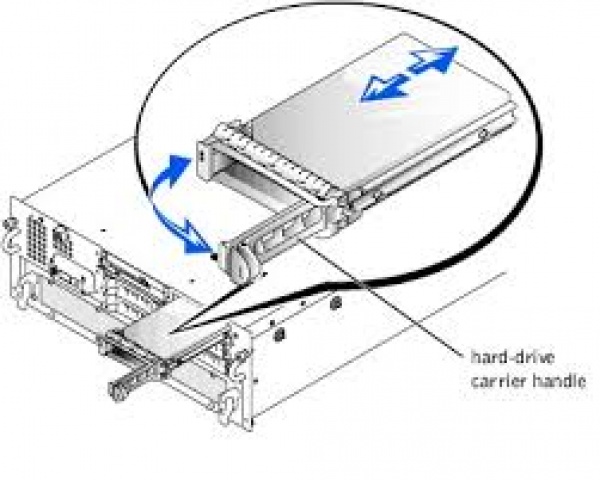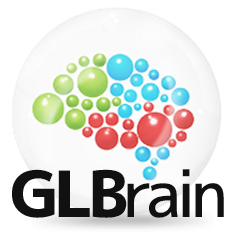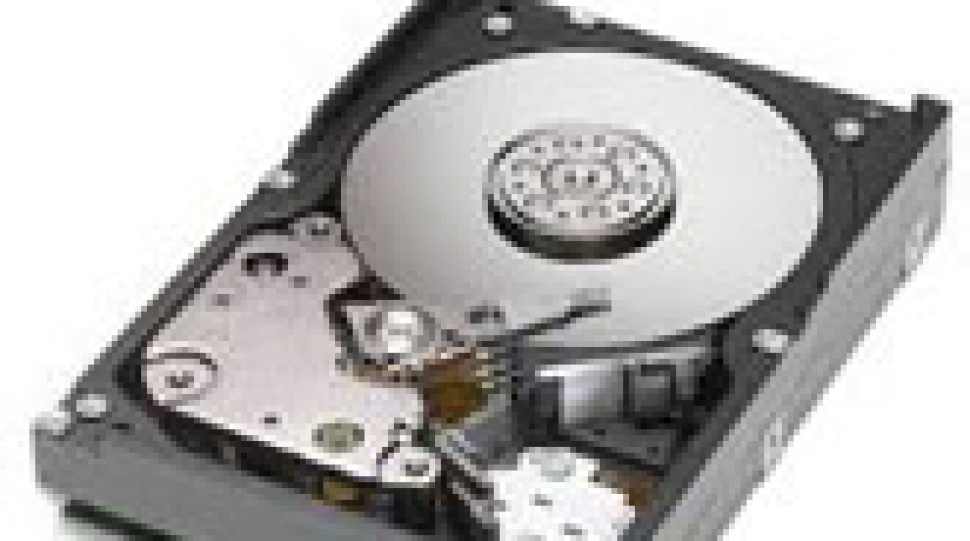The usual storage device installed in your desktop uses a totally different system than those used by SCSI drives. The advantages of a SCSI drive are that, multiple drives could be daisy-chained to a single connection and it provides a faster rate of data transfer speed than the normal HDD (hard disk drive) generally found in computers. SCSI drives are generally installed in servers and other computer systems where the systems are required to run 24 hours a day, 7 days a week.
 SCSI stands for "Small Computer System Interface", and this type of hard drive may be used for connecting various types of devices. Pronounced as "scuzzy", usually an acronym, the device has come to be known as SCSI hard drive. SCSI hard drive has a processor built on to the drive itself and this makes it different from the other known systems such as SATA or ATA. In that way, the functioning and performance of the drive are not dependent upon the computer, which is an important factor when used in a multiple computer environment, like in the corporate sectors, where machines with lower specifications are used for economic reasons.
SCSI stands for "Small Computer System Interface", and this type of hard drive may be used for connecting various types of devices. Pronounced as "scuzzy", usually an acronym, the device has come to be known as SCSI hard drive. SCSI hard drive has a processor built on to the drive itself and this makes it different from the other known systems such as SATA or ATA. In that way, the functioning and performance of the drive are not dependent upon the computer, which is an important factor when used in a multiple computer environment, like in the corporate sectors, where machines with lower specifications are used for economic reasons.
What is a SCSI drive? http://searchstorage.techtarget.com/definition/SCSI
Multiple SCSI drives may be connected to a single slot mother board of a computer through a special adapter, with each of the adapters supporting up to fifteen drives. Each of the SCSI drives has a jumper setting, and when multiple such drives are connected, each of the jumpers should be set differently (0 to 15) in order to identify the individual drives separately. This is done to avoid conflicts. The systems which require to be continuously backed up would use multiple SCSI drives.
A SCSI drive would read/write faster than the normal SATA drives, and as SCSI has evolved, the data transfer time has become narrower. The drive has larger revolution per minute rates than the normal drives which is required for faster data transfer speed. These drives are designed for running continuously while on the other hand normal drives, which are found in desktops, are meant to be run 2 to 4 hours a day. The price and the advantages of a SCSI drive make it suitable to run on systems which are switched on 24 hours a day for 7 days a week, such as server set-ups.
How SCSI works? http://computer.howstuffworks.com/scsi.htm



Share the News